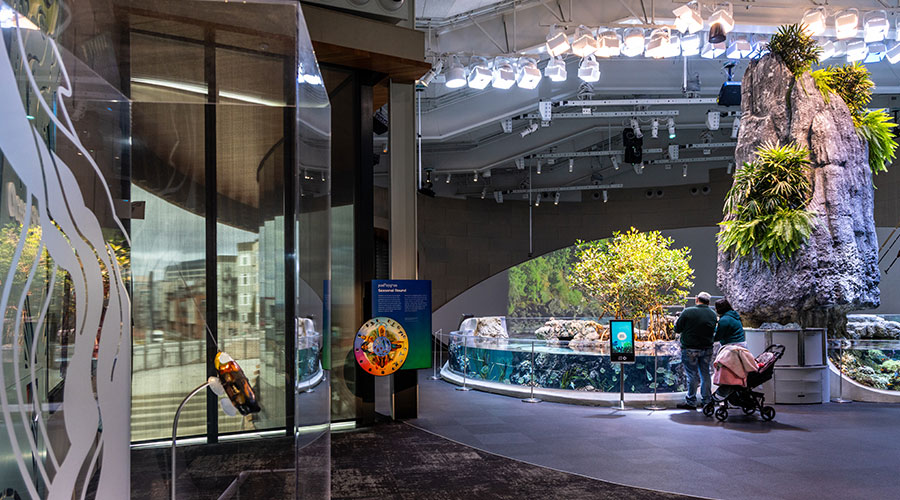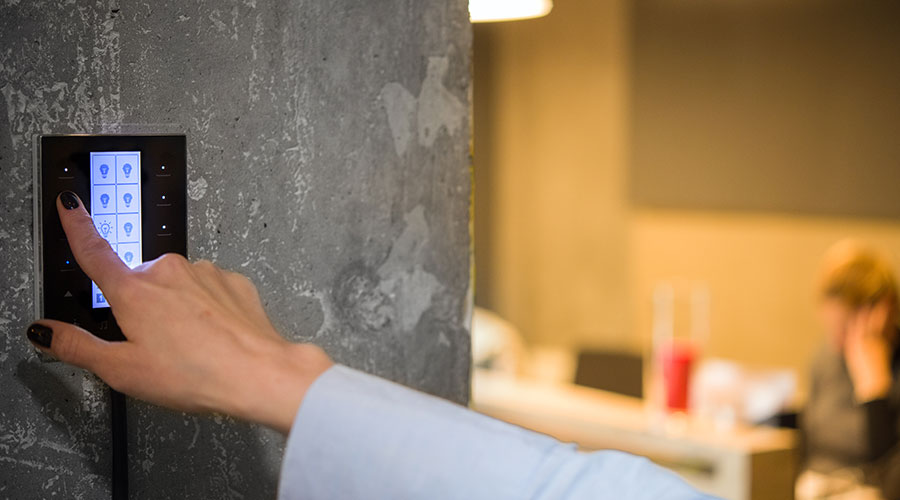Wireless Lighting Controls: Bright Way to Cut Energy Use
LIGHTING CAN account for 50 percent of a building’s electricity consumption. In many buildings, much of this energy use is a result of lighting that is on unnecessarily because of inadequate switching. Traditional wired switches can be expensive to install and difficult to adapt to changing infrastructure requirements. Also, a small number of switches often control a large number of light fixtures, and occupants cannot control the lighting in their individual workspaces.
The Center for the Built Environment (CBE) at the University of California-Berkeley’s (UCB) has developed a prototype of a programmable, wireless lighting control system that can be used for both retrofit and new construction. Wireless radio boards, known as motes, and relays are installed in individual lighting fixtures. A wireless remote switch can control any combination of fixtures.
Although wireless switches are available, most have been developed for the residential market. These switches are dedicated to a specific relay that is plugged into a wall receptacle. They do not address the needs of commercial buildings, in which more flexibility is required and lighting is not typically plugged into wall receptacles.
“What we’re developing is fundamentally different,” says Charlie Huizenga, a research specialist and lecturer in UCB’s department of architecture. “By putting these radios in the fixtures, they’ll essentially create a lighting network that can be controlled in many ways.” Users could connect the system to an existing energy management system.
In addition to a device that switches the lights on and off, CBE is developing a wireless motion sensor and light-level sensor that works with the network, Huizenga says. Users could collect information regarding the light levels in different building areas and use it to achieve better light efficiency.
Retrofit Solution
The systems are tailor-made for retrofit applications, Huizenga says. They are compatible with existing lighting systems and do not require replacement of existing lighting ballasts or switches.
“It doesn’t require any reconfiguration of any high-voltage wiring,” he says, adding that installing the system is relatively simple.
“It installs alongside the ballast in the fluorescent fixture and it just takes a few minutes per fixture,” he says. Other research groups are developing ballasts that have integrated wireless controllers and dimming ballasts.
“But if you have a building with 20,000 light fixtures, the last thing you want to do is retrofit all the ballasts,” he says.
Demand Reduction
In addition to energy savings, such a system would have significant potential for demand-reduction strategies in response to automated signals from a utility.
“If the power plants are experiencing a near-capacity day, they want to be able to have buildings shed loads,” Huizenga says. This technology will provide managers with a straight-forward way to do that by enabling them to turn off selected individual fixtures that weren’t highly critical and, as a result, automatically achieve some load shedding.
Related Topics:











